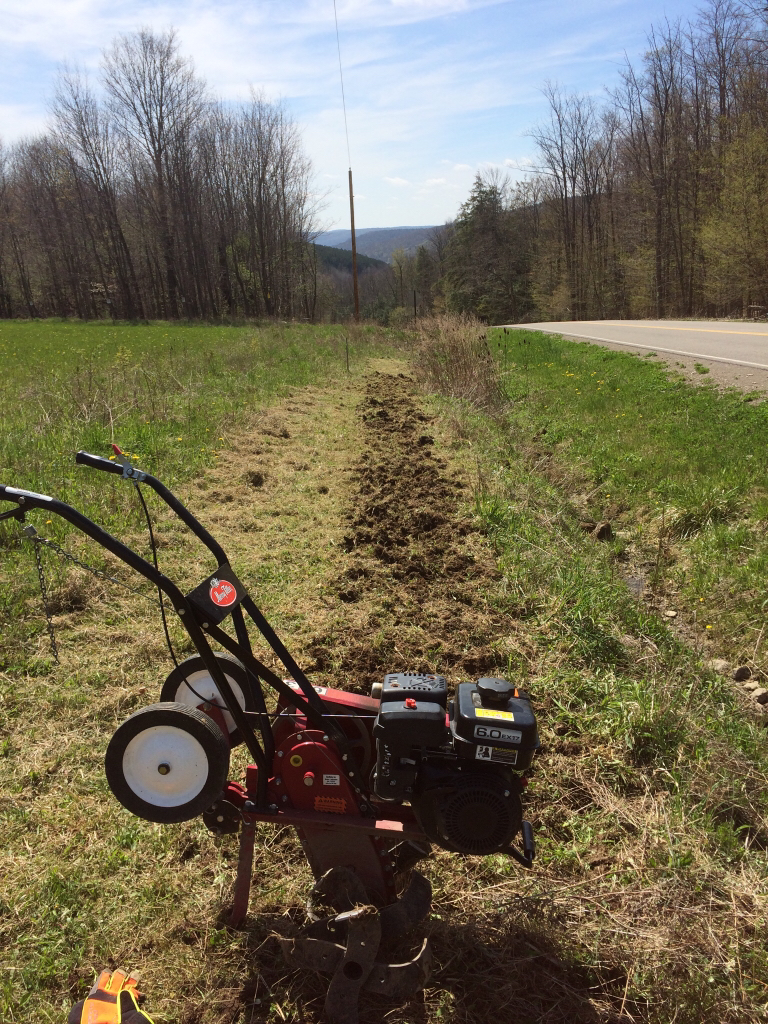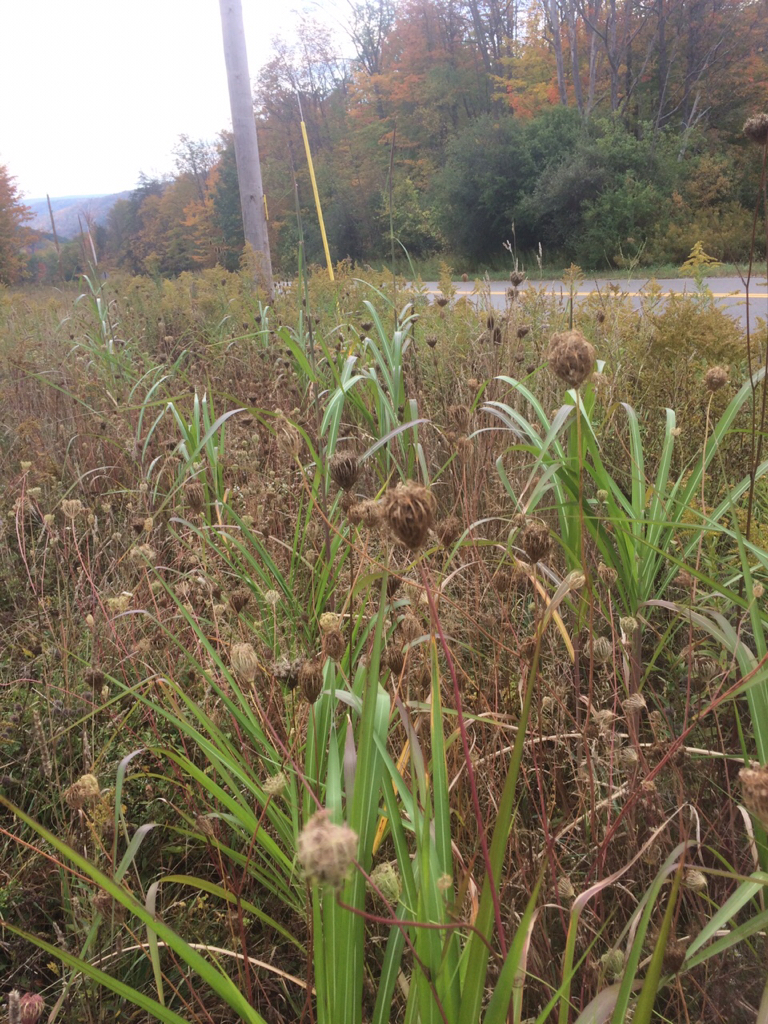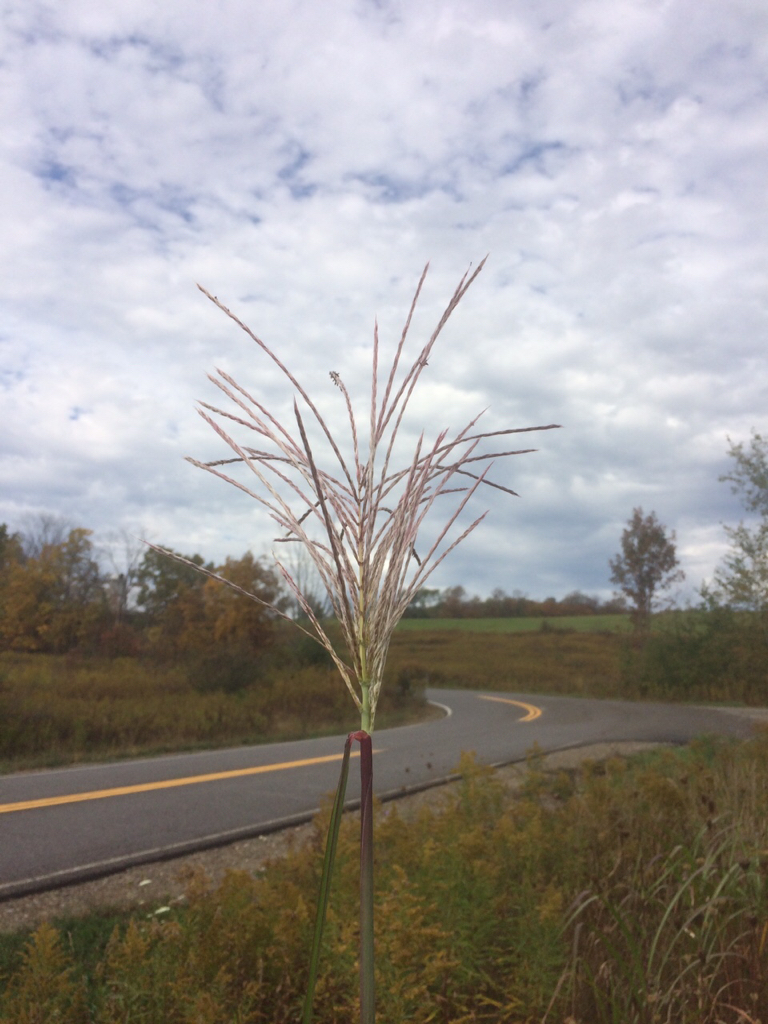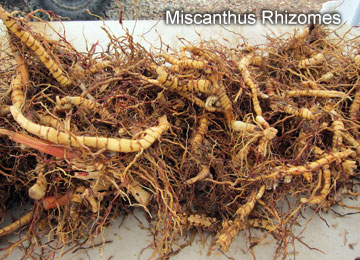The
www.mapleriverfarms.com website covers recommended weed control and use of 2-4d,other herbicides and fertilizer. Likely you have bought the rhizomes from them. They are the PREMIERE experts for sure. I copied the info below off of their site which addresses fertilizer and use of herbicides. Weed competition slows down all plants somewhat and when herbicides can be used it is the easiest most effective way to help get a plant established (that's my not a pro take on it).
FROM THE SITE;
Planting and Care Info
The individual rhizomes should be planted 3-4 inches deep, horizontally with nothing above ground. A well-tilled bed does help the roots establish quicker, but is not necessary. More importantly, adequate moisture and 60°+ ground temperature will promote growth. Do not worry so much about grass competition, but more so with broadleaf weeds that block sunshine - just during the first year of establishment. Second year growth will outpace everything.
It is not necessary at the end of year one to cut down the dead stalks. Neither is it necessary to cut down stalks every year going forward because the heaviest growth is always on the outside circumference of the cluster. Having said that, it does benefit growth to remove the stalks every year if possible.
Light fertilizer late summer/early fall the first year is acceptable, but not necessary, but the beginning of the second year growth and following years with help greatly. Anything you would be putting on your lawn would be fine. Next spring you can fertilize a little heavier as they are more established. We often go straight urea 40-00 because of the inexpensive volume of nitrogen the miscanthus just loves. We apply half a fistful on each cluster in the spring and that's it for the year.
The rhizomes are planted about 4" deep into a well prepared seed bed in the spring as soon as soil is workable. A little deeper if the soil moisture level is low. Europe has been working miscanthus for over ten years. They plant at one plant per square meter for establishment. Here in the U.S. we are planting at one rhizome per square yard - three foot plant spacing in rows three feet apart. That rate would require approximately 4,850 plants per acre. Row layout and density is up to the grower based upon a field planted to be lifted in two years (denser) or for establishment. Also, a field planted to match equipment already owned for cultivation could change row width and spacing. Good yields can be achieved on a wide range of soils but the key to high tonnage is moisture supply. A wide range of PH is tolerated but growth is best between 5.5 and 7.5 PH. Sandy or free draining soils only yield well if rainfall is adequate so should be avoided if possible.
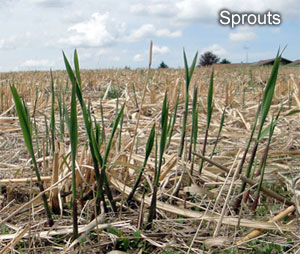
This is a crop that will produce for 15-plus years so consider your site selection carefully. Thorough site preparation, particularly weed control is essential to ensure vigorous establishment. Also, water the crop (if possible) following planting and continue to irrigate the first year if necessary. Weeds can check growth the first two years of establishment. Glyphosate based herbicides can be used in the dormant period between harvest and initiation of spring growth. Miscanthus is in the grass family like corn. Common corn herbicides- Dual, Atrazine, 2D, 4D - for weed control have successfully been used.
Fertilizer demands are low due to the plant's efficient nutrient use and its ability to pull nutrient back down to the rhizomes at the end of each growing season. Almost every year, decomposition of the leaves, rhizome nutrient reserves, and atmosphere deposition will meet the crops nutrient requirements. After the first year, only small quantities of nutrients will be needed every two to four years to help maintain good yields.


